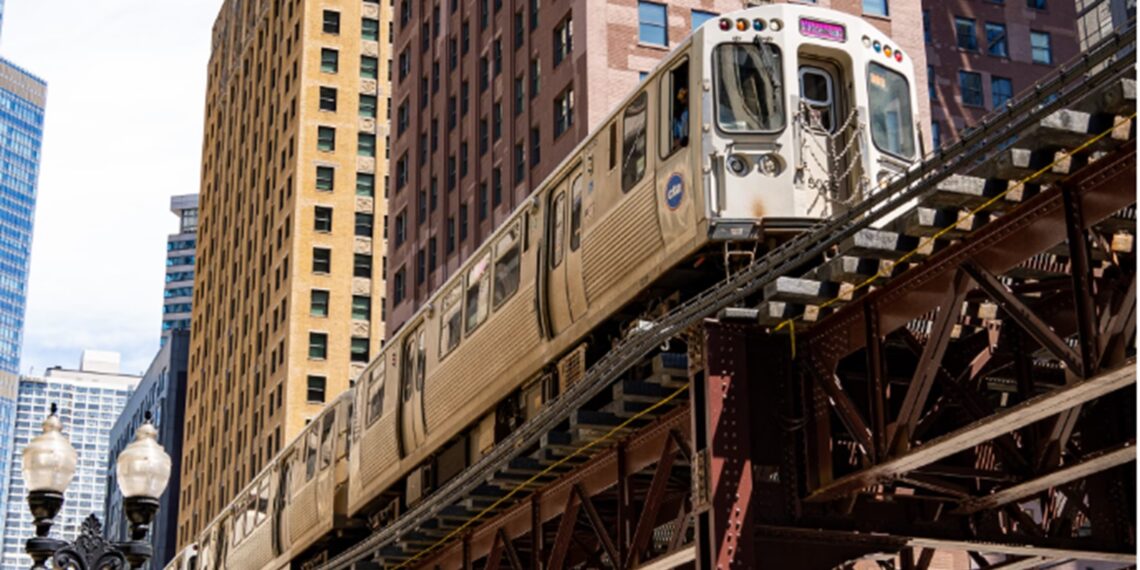Chennai Metro Rail Limited (CMRL) is set to redefine urban transit with its visionary plan to integrate metro stations within 12-storey buildings.
The ambitious proposal, part of the transit-oriented development plan, aims to harmonise public transit, people, and activities by developing properties around metro stations.
Thirumangalam, Koyambedu, and Thirumayilai have been identified as key locations for this innovative initiative, where metro trains will traverse through the buildings, making stops at stations situated on the third floor.
A conceptual design for these futuristic structures has already been unveiled.
The Thirumangalam project involves the acquisition of a 450-meter-long plot near the Thirumangalam flyover, where three houses previously stood.
The decision to build above the existing flyover was ruled out to avoid potential traffic disruptions.
CMRL plans to seek funds from the state government for property development, anticipating significant nonfare-box revenue through leasing these spaces.
Similarly, at Koyambedu, vacant plots around the phase-2 elevated station will be developed, while at Thirumayilai, a multistorey building will house at least one of the five entry/exit structures.
This forward-thinking approach extends to phase-1 extension plans, where a 20-storey building is proposed above the Wimco Nagar depot cum station, along with a four-level car park.
Drawing inspiration from global examples such as a 19-storey apartment complex in Chongqing, China, with a metro station on the sixth floor, and a 15-storey star hotel planned above the zero-mile metro station in Nagpur, CMRL aims to diversify revenue streams beyond ticketing.
Former CMRL director R Ramanathan, while speaking to a national daily, stressed on the importance of generating additional revenue through advertising, retail outlets, and property development to meet operational costs and loan repayments.
The move aligns with a larger trend in urban planning where transit hubs evolve into multifunctional spaces.
However, Institute for Transportation and Development Policy (ITDP) has raises questions about the potential commuter base for these developments, stressing that the success of such projects depends on whether they cater primarily to passengers or the surrounding community.















